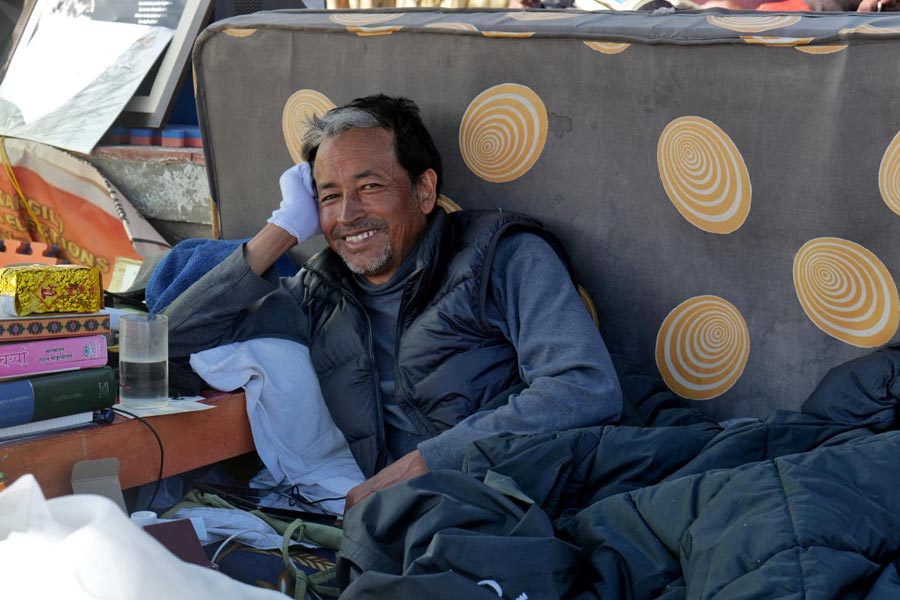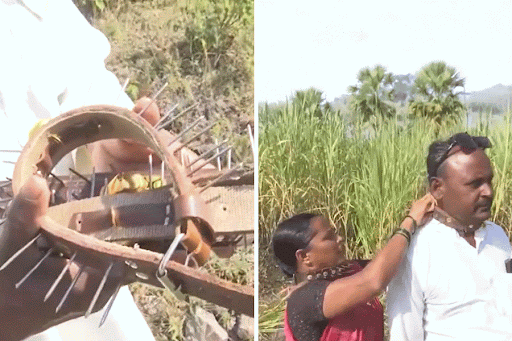Her’s is a story of courage. While the Big C can break the strongest, Chaitali Das used confidence as an armour. A shining example for many, she harbours many dreams. She is reviving and reimagining jute, taking the golden yarn to foreign shores with Jute Beyond Borders and empowering prison inmates through Rakshak Foundation. She is a Guinness World Record holder for the largest jute bag (100ft). She captures all her milestones in a book titled Paat Rani: Queen of Jute. Here’s what she told t2.
What prompted you to record your life’s marquee events in a coffee-table book?
I strongly believe that through adversity we uncover our true potential. When I was diagnosed with the Big C, suddenly, the emergency button of my life was pressed, and I found myself grappling with uncertainty. It was during this turbulent period that I made a decision to consolidate my scattered efforts and commitments, to leave behind a legacy that would endure long after I was gone. I started archiving the milestones of my social impact journey over a decade to revive jute through leadership, and reformation of prison inmates in a coffee-table book titled Paat Rani: Queen of Jute. While revisiting thousands of images, I relived the moments which kept me happy. There were moments of frustration but this book, kept me alive; it gave me a reason to relive the moments. Paat Rani is a reminder that no matter how dark the storm, we can find purpose.
What’s the inspiration behind the title?
Paat Rani is named after my successful pilot project. Paat Rani, a heritage tram, has played a significant role in showcasing the icons of Calcutta’s tram culture and the versatility of jute, creating awareness and a unique souvenir experience for tourists.
What is it that gave you so much inspiration to do things uninterrupted?
As a child, I visited my father, who was a public prosecutor in Alipore Police Court. Something caught my attention: I saw some people getting off the police van handcuffed, their kin trying to reach them while policemen were driving them away. The humiliation that labelled the undertrials and the agony of their families, the unavoidable lifelong stigma they carry when they return to their families and the society, disturbed me. My endeavour slowly invoked hope, confidence in the prison inmates. I became addicted to my purpose.
How did you fight the moments that challenge you?
There are moments in life when you don’t get to choose your battles. But you do get to choose how you handle yourself and show up. I chose to show up with courage. Twenty days after my first chemotherapy, I began losing hair. I made a choice — I shaved it all off. But what I hadn’t prepared for were the blisters on my bald head, painful, burning…. For months, I couldn’t rest my head on a pillow. So, I sat. Night after night. Exhausted, but upright. Yet, every morning, I would put on my make-up — an extra dash of powder, some kajal, my favourite lipstick — and my biggest of accessories: Confidence and a smile. Fancy scarves, headwear, wigs — they all became part of my armour. Not to hide my pain, but to show the world I was still here, unbroken. My toenails grew under the skin, leaving me bruised. I bled at every step for over a year, but I kept wearing my stilettoes. With my head held high, I remember telling my doctors before surgery: “The way I am taken into the OT, with my head covered, that’s how I should come out.” I wanted dignity. Not sympathy. After 10 hours on the operating table, the next morning I was ready — lipstick on, kajal done. The doctors walked in, surprised, and I smiled: “I like to be presentable. Always.”
What’s next?
I will focus on a wellness programme with the jail inmates, and want to popularise Sharanam, a yoga drama staged by the prison inmates of Presidency at ICCR in 2023. I wish to replicate the same in various correctional homes like Howrah, Contai, Haldia and Uluberia. I also have an ambitious plan to take jute to Paris Fashion Week and New York Fashion Week. I am a revivalist. I wish to popularise and present Indian innovative, eco-friendly jute products to the world.










